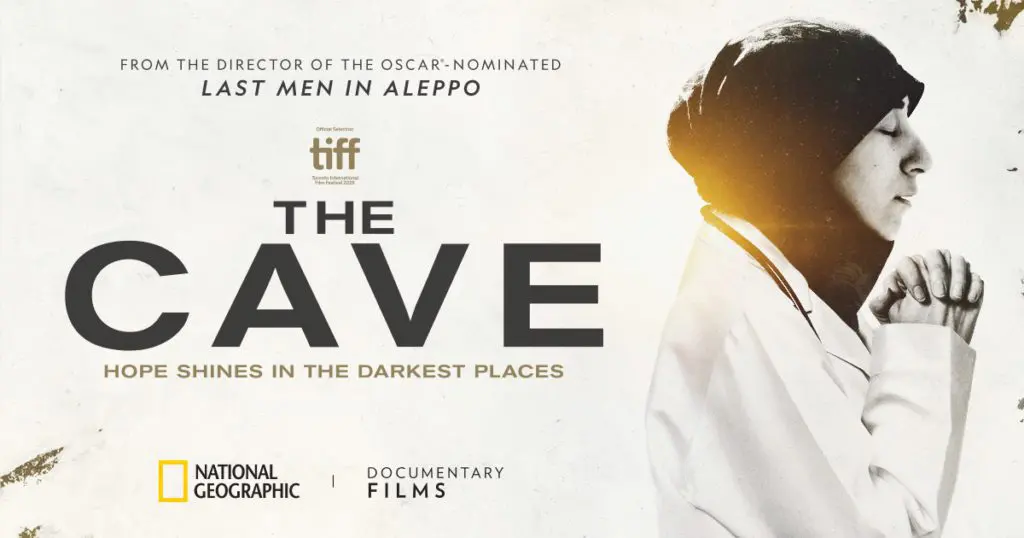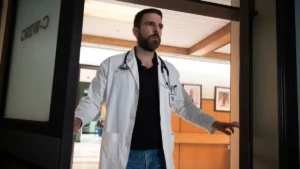Summary
National Geographic’s The Cave is a horrifying indictment of raging war crimes that impact a makeshift hospital led by a female medical team in Syria.
National Geographic’s The Cave is a documentary that is siloed amongst a rare breed of films that archives an unforgivable moment in 21st-century history. The documentary is an indictment of pure human suffering and a woeful blemish of the world we live in. Director Feras Fayyad embeds himself into Syria, amongst besieged civilians that find safety and hope in a subterranean hospital known as the Cave.
The cameras follow Dr. Amani Ballour and her colleagues Samaher and Dr. Alaa. There’s a scene that highlights a fractured culture despite desperate times when a man questions the purpose of the female medical staff. It’s a scene that is regrettable, with the heavy bombardment on the city of Ghouta unable to reframe the mind. The females have ignited their rights to work with their male counterparts, but the shocking truth is exposed that in times of human brutality, archaic rules are still sought despite demonstrable skills.
The Cave documents a city under constant threat from the Regime, and coordinated airstrikes by Russian airforces. It’s a documentary that breaths hopelessness, with unimaginable anxiety infecting the atmosphere amongst the medical staff every time a plane is heard aggressively roaring from above.
The Cave is representative of the cost of war. Feras Fayyad ensures that as many injustices are recorded; a tearful scene opens up the documentary, with Amani aiding a toddler that is struggling to breathe; she manages to extract rubble from the toddler’s mouth. The images of young, innocent children brazened by airstrikes and post-apocalyptic wrecks leave a mark imprinted on the mind. How can we be so recklessly selfish? As a parent, it is difficult to hold back the tears when the young are hoarded into a partially constructed hospital
The Cave intimately follows Dr. Amani and her crew through the areas of the reconstructed underground hospital that has been fleshed out patiently, exemplifying the fight against the evil patriarchy that lives above them. There’s a sense of not giving up, despite the raining of bombs and chemical weapons that rip through the foundations of war-torn Syria on a daily basis. The Cave hides nothing, putting injuries on show and the crippling emotional build-up of the hospital staff.
That sense of not giving up amounts to the emotional nature of the documentary. The bravery appears insurmountable as waves of injured families fly through the low-resourced hospital, where equipment is limited and medicine is scarce. The Cave captures the desperation, the courage but at the same time, the vicious hopelessness that cuts through the hearts of medical staff every time an airstrike is imminent and it draws closer to their makeshift hospital.
Audiences will part with The Cave with plenty of doubt about our world and question how war crimes against humanity are allowed to still exist. Years of besieging innocent civilians are cruel and heartless, and the National Geographic documentary will leave viewers with a mind unrelaxed by a horrifying glimpse of unprecedented human survival.




